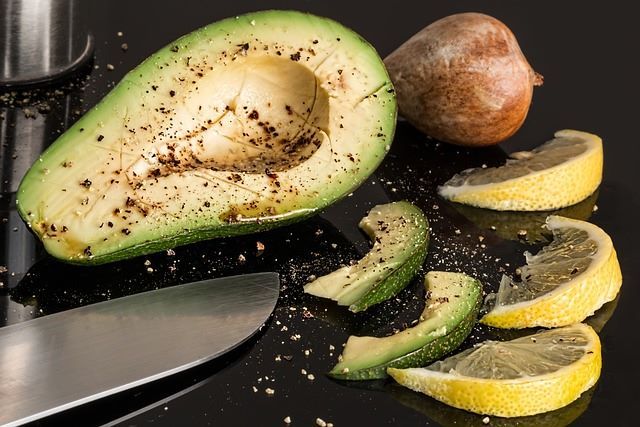Glossary of the Cuisine of Aguascalientes: A Guide to the Region's Unique Ingredients and Dishes
Explore the unique ingredients and dishes of Aguascalientes cuisine with this comprehensive glossary. From the Ahuate thorn to the Capirotada dessert, discover the flavors and textures of traditional dishes and ingredients found in the region's cuisine.





